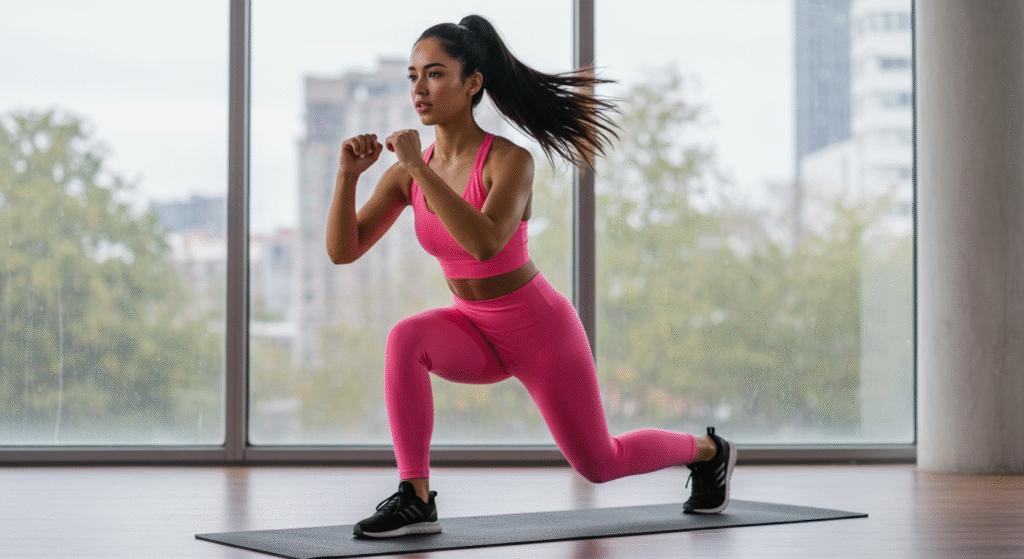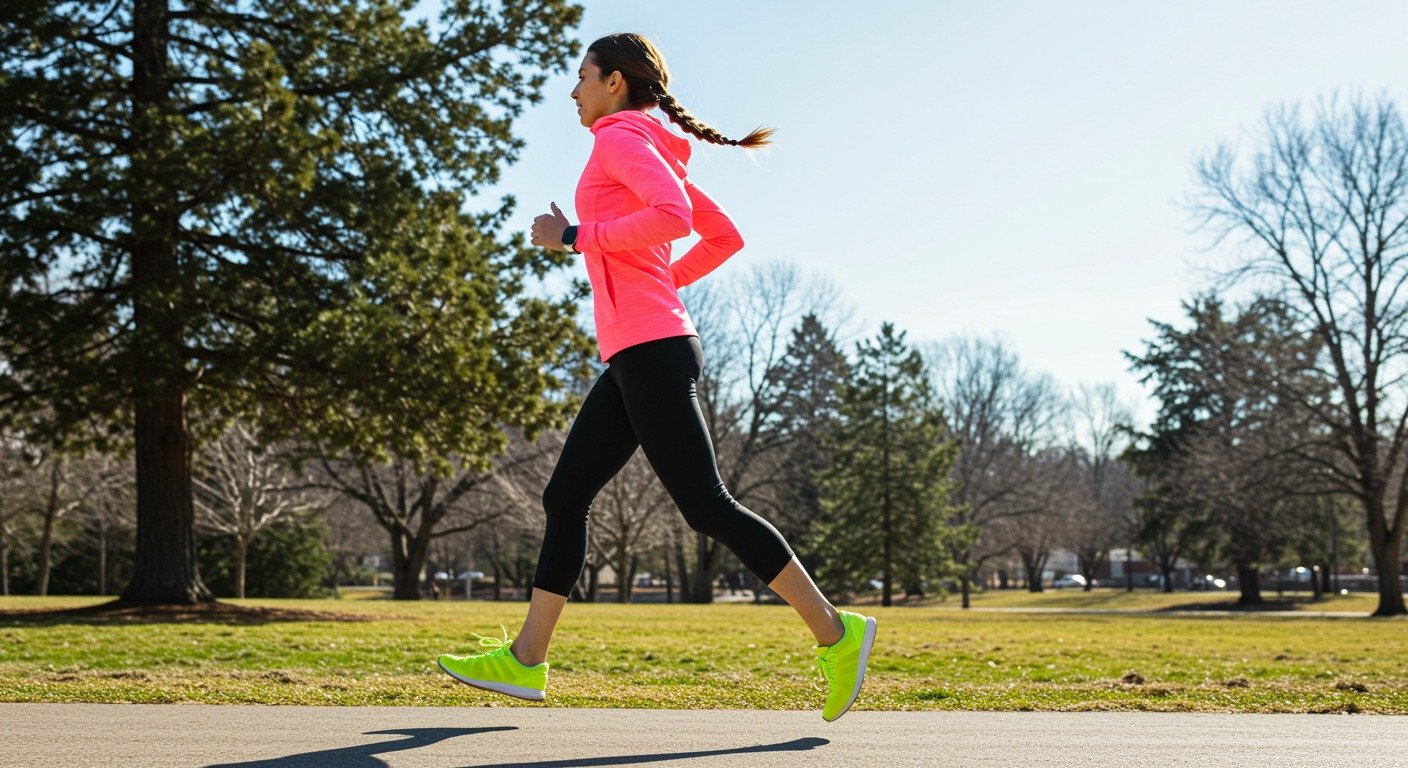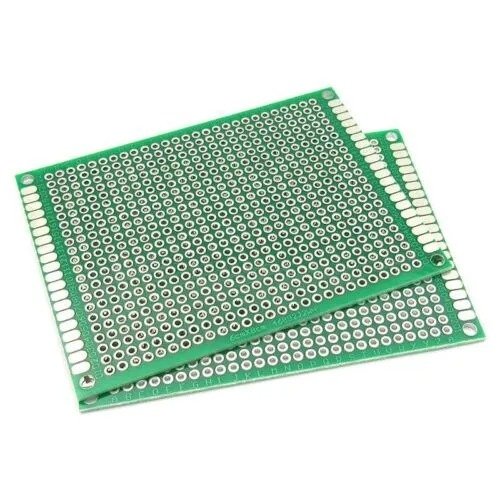Mobility Made Simple: Daily Routines to Improve Strength and Longevity
It often starts quietly. One morning, you notice it takes longer to rise from a chair. Or your back feels stiff after a long meeting. These small signals are easy to ignore. Yet they show the early signs of declining mobility.
Over time, simple tasks—walking up stairs, carrying groceries, or playing with children—can become real struggles. Mobility is not just about being athletic. It is about staying independent and enjoying life.
Most health talks focus on diet, heart health, or building strength. Mobility is often an afterthought. Some even treat it as a minor part of stretching. But research shows it is vital for long-term health. A review in the Journal of NeuroEngineering and Rehabilitation found that mobility is one of the strongest predictors of independence and quality of life in older adults. Harvard Health also notes that while aging naturally reduces muscle mass, coordination, and balance, regular physical activity can slow or even reverse much of this decline.
In short, mobility is not optional. It is the foundation of movement, resilience, and vitality. The good news is that small, consistent practices can preserve it for years.
What Mobility Really Means
To understand why mobility matters, it helps to distinguish it from flexibility and strength.
| Concept | Definition | Why It Matters |
| Mobility | The ability of a joint to move actively through its full range of motion with control. | Allows fluid, coordinated movements in daily life and exercise. |
| Flexibility | Passive length of a muscle. | Lets you reach or stretch, but does not guarantee controlled motion. |
| Strength | Force a muscle can exert. | Provides stability, power, and protection against injury. |
A person may be flexible enough to touch their toes but still lack the hip mobility to squat properly. Similarly, one can build strength yet struggle with movement quality if mobility is ignored. True functional fitness requires all three working together.
Why Mobility Declines with Age
Mobility diminishes gradually, influenced by biological and lifestyle factors. Muscle fibers shrink, connective tissues stiffen, and cartilage wears down. Modern habits—extended sitting, limited movement variety, repetitive tasks—accelerate this decline.
A position stand by Chodzko-Zajko et al. (2009) summarized decades of evidence, recommending that older adults engage in aerobic, strength, flexibility, and balance activities to preserve mobility and reduce chronic disease risk. The research emphasizes that the loss of mobility is not inevitable; it is often the product of disuse more than aging itself (SAGE Journals, 2009).
Consider the contrast between two fifty-year-olds. One integrates daily stretching, bodyweight drills, and walking. The other spends most of the day seated, occasionally exercising but rarely focusing on joint health. Ten years later, their difference is stark: one continues to garden, hike, and play with grandchildren, while the other avoids stairs due to knee pain. This divergence illustrates how habits accumulate into either strength or limitation.
The Link Between Mobility and Longevity

Mobility is strongly associated with broader health outcomes. Studies on walking performance, for example, reveal that individuals with slower walking speeds face higher risks of cardiovascular disease and mortality (Studenski et al., 2011). Reduced mobility can also lead to cascading health issues: less activity, weaker cardiovascular health, increased fall risk, and ultimately loss of independence.
Maintaining mobility, by contrast, fosters resilience. With functional movement comes greater confidence, lower injury risk, and the capacity to remain socially and physically engaged. Mobility keeps you moving, but more importantly, it sustains the freedom to live life on your terms.
Daily Mobility Routines Made Simple
Improving mobility does not require specialized equipment or long sessions. Consistency matters more than intensity. Short routines, when performed daily, accumulate into meaningful progress.
Morning Activation (5–7 minutes)
- Cat-Cow stretch: Loosens spine and awakens posture.
- Hip circles: Encourages fluidity in hip joints.
- Shoulder rolls with breath control: Prepares upper body for the day.
Midday Reset (5 minutes)
- Thoracic spine rotations: Counteracts desk posture.
- Ankle dorsiflexion stretch: Supports walking and balance.
- 90/90 hip switches: Builds rotational control.
Evening Wind-Down (10 minutes)
- Deep squat hold: Opens hips and ankles.
- Pigeon stretch: Releases tension in glutes and lower back.
- Child’s pose with side reach: Promotes relaxation and shoulder mobility.
Short vs. Long Routines: A Comparison
| Routine Type | Duration | Best For | Pros | Cons |
| Short Routine | 5–7 minutes | Busy schedules, consistency | Easy to maintain; quick reset | Progress is slower |
| Long Routine | 20–30 minutes | Dedicated sessions | Deeper mobility gains; stress relief | Requires planning and discipline |
The choice is less about which is superior and more about which is sustainable. A brief session done daily outperforms a long session attempted sporadically.
Integrating Mobility into Real Life
Mobility is not limited to workouts; it extends into how you design your day. Waiting for the kettle to boil? Practice ankle circles. Watching television? Try sitting in a deep squat for a minute. Many people spend breaks scrolling or gaming—whether on social apps or platforms like Apex Gaming Casino and Apex Gaming 88 Casino—but those same moments can be repurposed into quick, restorative drills that preserve joint health and reduce stiffness.
The goal is integration, not compartmentalization. When mobility becomes part of your lifestyle, the benefits compound. Just as consistency is rewarded in strategy games and repeat-play platforms such as Apex Gaming 88 Casino, consistent small investments in mobility yield lasting returns.
Pros and Cons of Mobility Training
| Pros | Cons |
| Enhances independence and functional ability. | Progress can feel slow and requires patience. |
| Reduces injury risk by improving joint function. | Initial discomfort is common, especially with tight muscles. |
| Supports strength and cardiovascular training. | Requires consistency; missed sessions reduce impact. |
| Promotes relaxation and mental clarity | Overstretching or poor form may cause minor strains. |
Acknowledging the challenges helps set realistic expectations. Mobility is not glamorous, but its long-term payoff outweighs the modest effort it demands.
Stories from Everyday Life
Picture a parent kneeling to tie a child’s shoelace without discomfort, or a retiree carrying bags from the market with steady steps. These everyday victories illustrate the value of mobility more vividly than abstract health metrics.
A friend who used to spend his lunch break on quick matches at Apex Gaming Casino started replacing one short session with a mobility flow and noticed a marked improvement in posture and a reduction in midday slumps. Small substitutions like this—swapping a five-minute game for a five-minute mobility flow—can change outcomes over months and years.
The Science Behind Simple Practices
Skepticism often arises: can such basic routines truly influence long-term health? Research suggests they can. Harvard Health (2021) stresses that balance, flexibility, and mobility drills complement strength training, collectively slowing the decline associated with aging. BioMed Central’s review affirms that mobility contributes directly to independence and life satisfaction. The Chodzko-Zajko position stand (2009) continues to inform global recommendations for older adult exercise.
Thus, the simple routines outlined earlier are not merely anecdotal. They are rooted in decades of evidence connecting movement with vitality.
Practical Tips for Building Consistency
- Anchor to habits: Pair mobility with something you already do daily—brushing your teeth, brewing coffee, or shutting down your computer.
- Use your leisure time wisely: If you enjoy quick rounds on Apex Gaming 88 Casino, use in-between moments to perform a mobility mini-set rather than sitting through multiple matches.
- Track progress: Keep a simple log of minutes practiced. Small wins reinforce commitment.
- Prioritize form: Quality of movement outweighs quantity. Controlled range of motion matters most.
- Stay flexible: If you miss a session, resume without guilt. Consistency grows through persistence, not perfection.
Using small nudges—an app alarm, a calendar reminder, or even a gaming-session timer—you can build mobility into your day without friction. Some people set their phone so that after two rounds on a favorite platform like Apex Gaming Casino, a reminder prompts a three-minute stretch. That tiny habit prevents stiffness and keeps movement habitual.
Comparative Look: Mobility vs. Strength Gains
| With Mobility Work | Without Mobility Work |
| Safer, deeper squats | Risk of shallow, injury-prone squats |
| Balanced posture | Imbalances, long-term pain |
| Improved recovery | Stiffness, slower progress |
| Longer athletic career | Faster wear and tear |
An athlete with good mobility can squat deeper, lift more safely, and progress faster compared to one who neglects it. Strength gains are maximized when paired with mobility training.
Invest five minutes today for a more mobile, stronger, and freer tomorrow.






